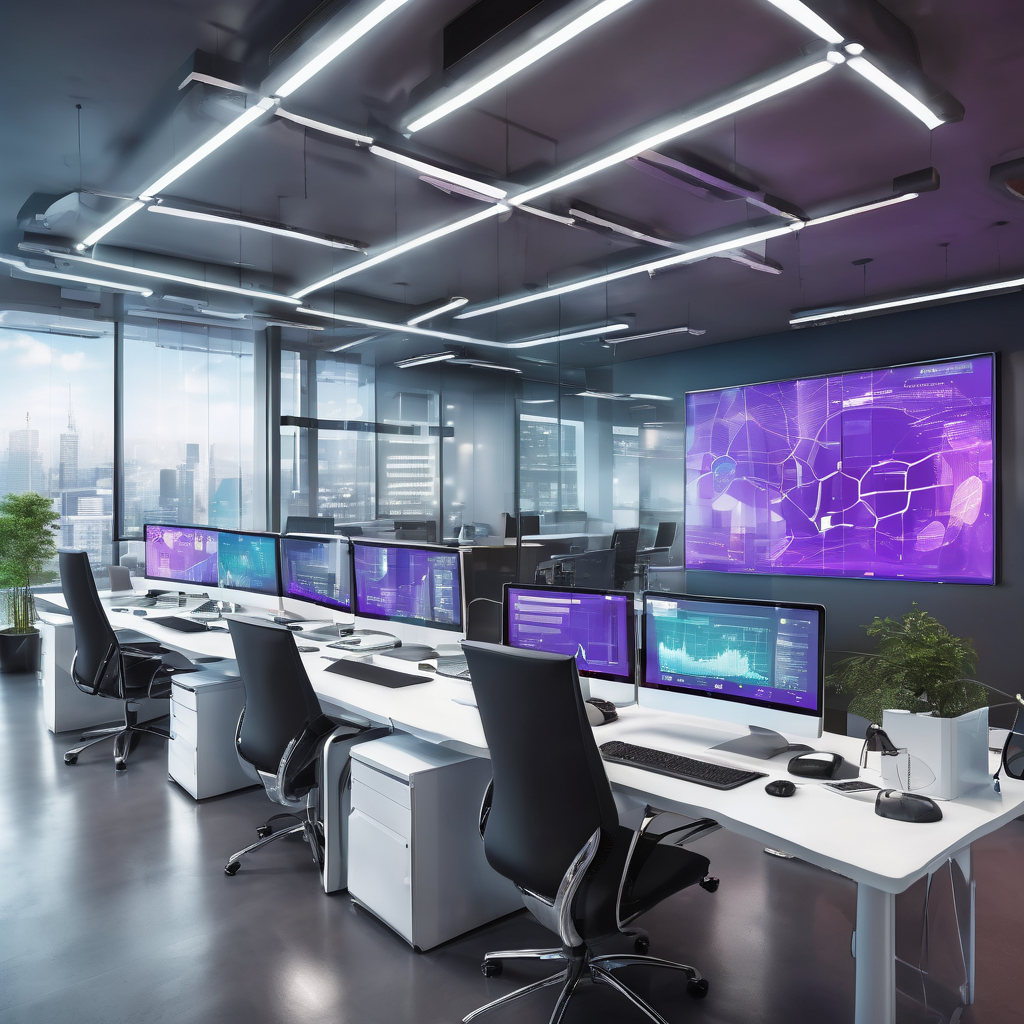
Mike Crosby of Circana highlights the channel’s agility in quickly spotting opportunities to grow business, noting an acceleration already underway. In a detailed discussion with Jennifer Follett of CRN, Crosby reviews the technology market's first half of 2025 and outlook ahead. He reports positive growth in hardware, software, and cloud sectors, with overall growth about 4%. Hardware grew around 3%, largely driven by a PC refresh cycle tied to devices purchased in 2020-21 reaching end of life, and the upcoming Windows 10 sunset in October 2025. Notably, desktop growth exceeded expectations, especially in healthcare and finance, reversing the previous trend of migration to notebooks. Server demand is also rebounding as many companies adopt hybrid cloud/on-premises models balancing security and cost. Regarding the second half of 2025, momentum is expected to continue with the Windows 10 sunset spurring upgrades; however, adoption of Windows 11 remains around 50%, slower than prior OS transitions due to stricter hardware requirements (e. g. , TPM chips) tied to Windows 11. Regulatory demands in healthcare, finance, and utilities will accelerate migration in these sectors. Economic headwinds such as slowing growth, inflation, and tariff uncertainties may dampen some momentum, likely resulting in slightly cooler but still positive growth of 4-5% for the full year. The Federal Reserve is expected to continue some rate cuts through late 2025 and into 2026 to support the economy. Looking into 2026, the PC refresh tail will extend more into small business, which generally delays upgrades due to volatility and operational constraints, while mid-size and enterprise clients largely complete their refresh cycles by end of 2025. Software and services growth is expected to moderate, with particular attention on AI’s impact on seat licenses and software demand as employment patterns evolve. Hardware growth may soften to about 3%, with continued strength in storage and related areas. Tariff outcomes remain an important wild card; any cost reductions from tariff removals would likely take effect in late 2026 or beyond, as supply chain adjustments have already been made. This ongoing uncertainty continues to encourage some businesses to delay capital expenditures. On the Windows 10 to 11 migration pace, Crosby notes this transition is slower than previous OS upgrades because Windows 11 requires more robust hardware for security, unlike Windows 10, which extended support for about 10 years. This creates additional upgrade hurdles, especially for businesses. To encourage adoption, solution providers should emphasize Windows 11’s enhanced security, improved performance for heavier workloads (e. g. , AI), and the risk of running unsupported legacy systems. Microsoft’s Extended Security Updates (ESU) provide a temporary bridge largely for smaller businesses but may not fully satisfy compliance needs in highly regulated industries. Regarding AI PCs, adoption has picked up, especially in the consumer segment, while B2B remains cautious due to compatibility testing and validation delays.
Enterprises tend to deploy AI devices with basic AI capabilities (lower TOPS performance) broadly, reserving high-performance AI hardware for heavy-use cases. The market is still transitioning from early adopters to broader maturity. For solution providers, Crosby advises a consultative approach to AI, tailoring guidance based on customer sophistication and helping define specific AI use cases that improve efficiency—such as accounting, finance, or customer support automation. Providers are seeing specialization and creativity in integrating AI into their services, driving new growth opportunities. The channel’s agility in identifying and capitalizing on such opportunities is key to accelerating business growth now. Addressing concerns about AI’s impact on workforce structure, Crosby explains that companies are using AI to replace some entry-level roles (e. g. , level one and two tech support) to reduce costs amid tariff-driven pressures. While this may yield short-term efficiencies, it risks organizational gaps in the future as fewer employees are trained and developed to fill higher-level roles down the line, which could cause challenges within five years. Looking ahead to early 2026, solutions providers should continue focusing on hardware refreshes, OS migrations, lifecycle management, and managed security services. They should integrate AI-enhanced services as device deployments expand and clients look to augment operations with AI. Providers are optimistic about growth and actively building value-added AI services to capitalize on these trends. Margins in services remain strong or improving, driven by high-value, vertically oriented solutions integrating hardware, software, and AI services. Meanwhile, upstream hardware costs remain elevated despite hopes for reductions. For 2027, Crosby anticipates normalized growth of around 5%, with about $73. 4 billion in revenue balanced across hardware, software, and services. Hardware growth will slow as refresh cycles mature, but demand for related categories like networking and displays (e. g. , monitors) may rise due to longer device lifecycles. Macro factors such as lower interest rates and favorable tax legislation are expected to stimulate business investment. Tariff impacts should lessen through negotiation, helping to stabilize unit volumes and average selling prices. The market should be more normalized with moderate, sustainable growth. In summary, despite current economic and geopolitical uncertainties, technology markets show solid growth supported by hardware refreshes, cloud expansion, software adoption, and emerging AI integration. Solution providers who adapt by advising customers on Windows migrations, leveraging AI use cases, and expanding managed services stand to capture significant growth in the near and medium term.
Tech Market Growth Outlook 2025-2027: Windows 10 Sunset, AI Adoption, and Hardware Refresh Trends

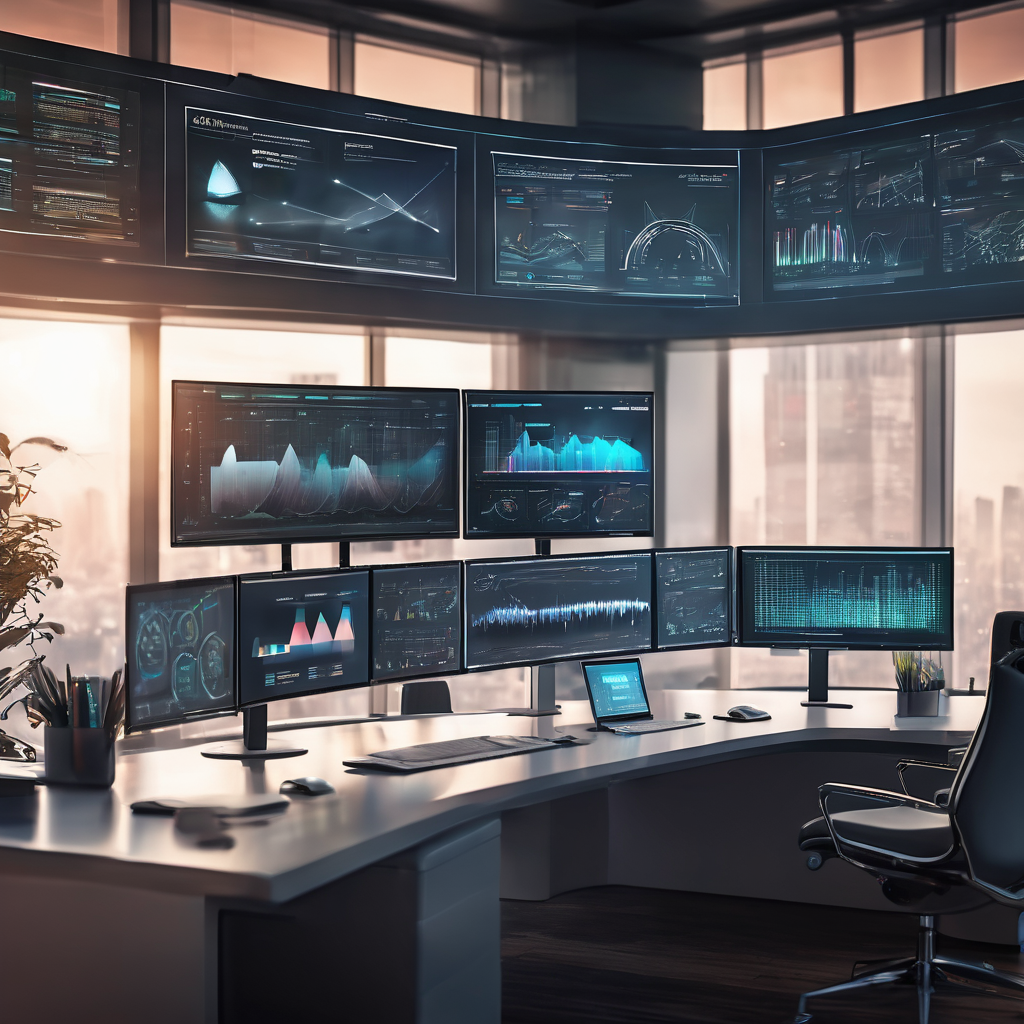
AI Generated Content (AIGC) Market Summary AIGC technologies optimize production workflows, enabling enterprises to deliver content faster while maintaining brand consistency amid evolving market demands
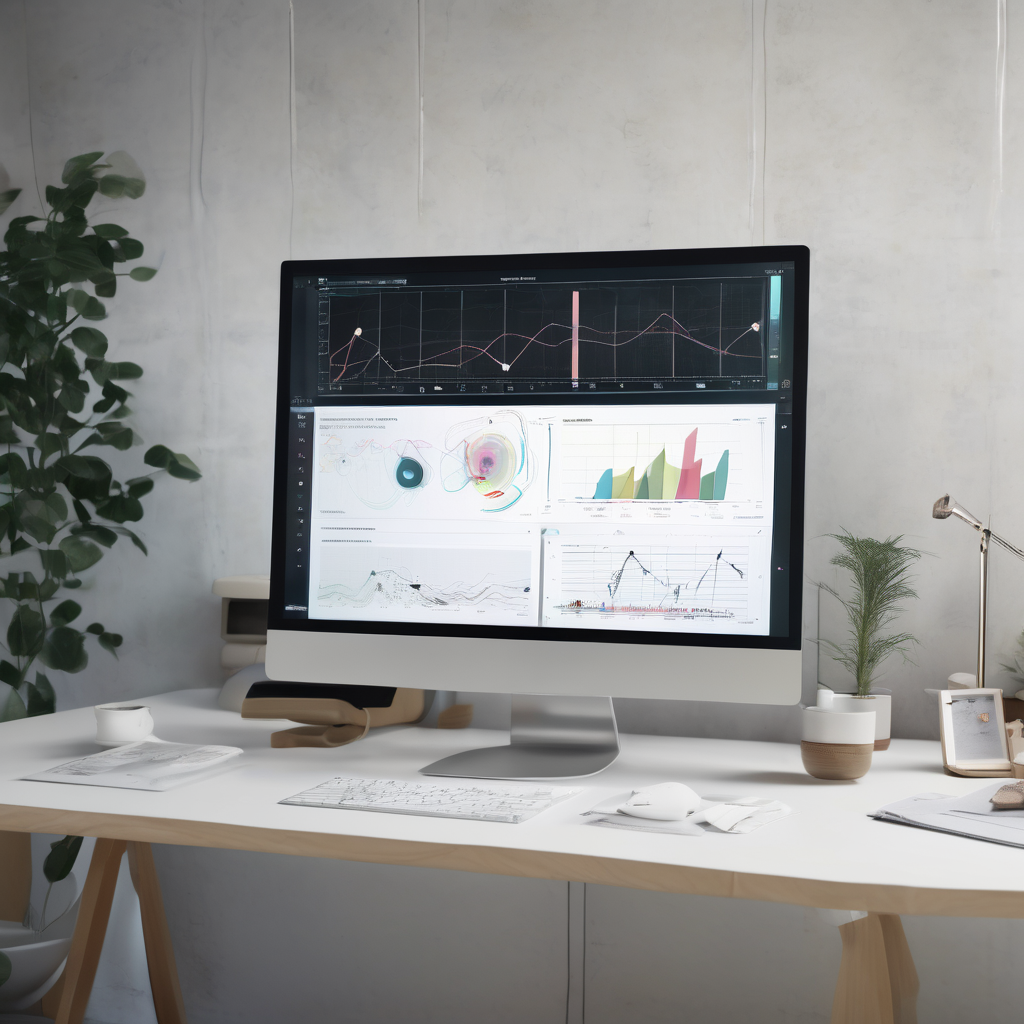
Asking Google’s AI video tool to create a film about a time-traveling doctor flying around in a blue British phone booth unsurprisingly yields a result resembling Doctor Who.
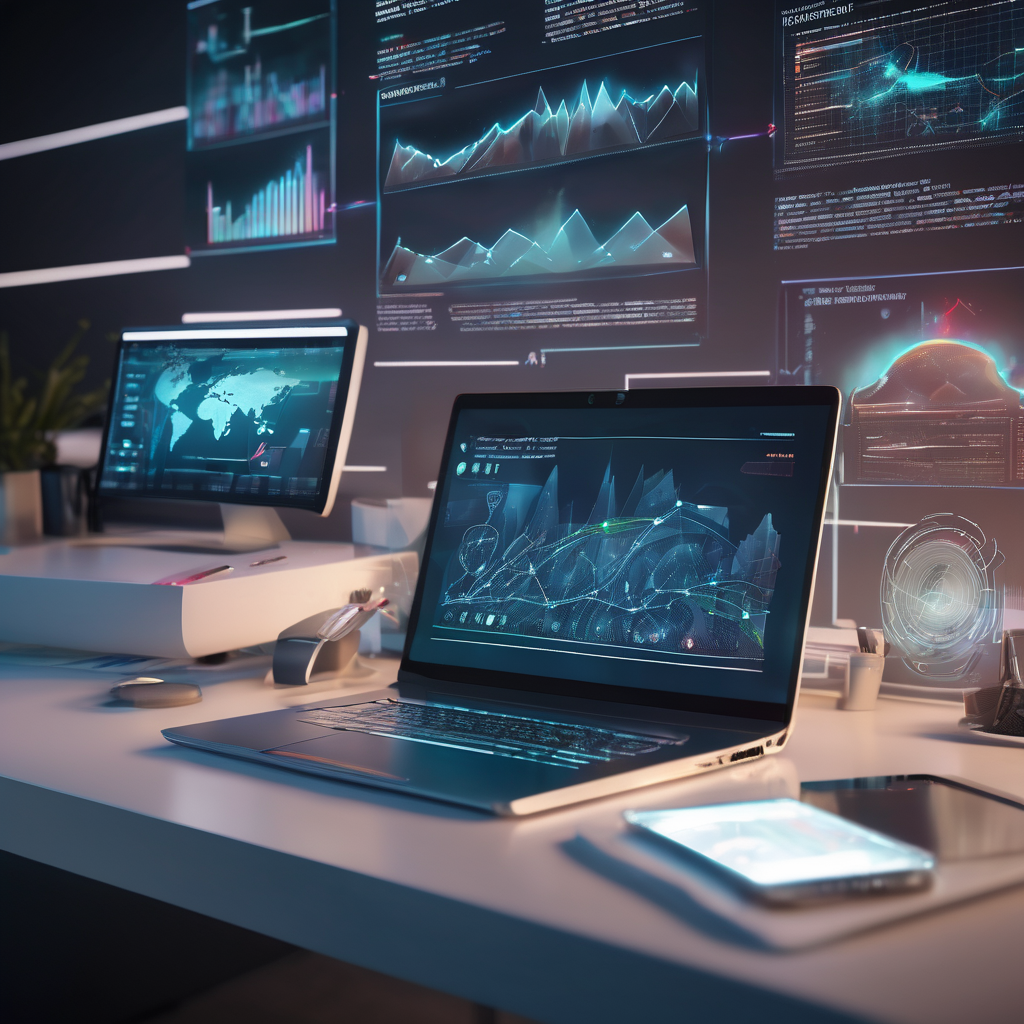
In today’s rapidly evolving digital environment, businesses face growing challenges to maintain online visibility and competitiveness.
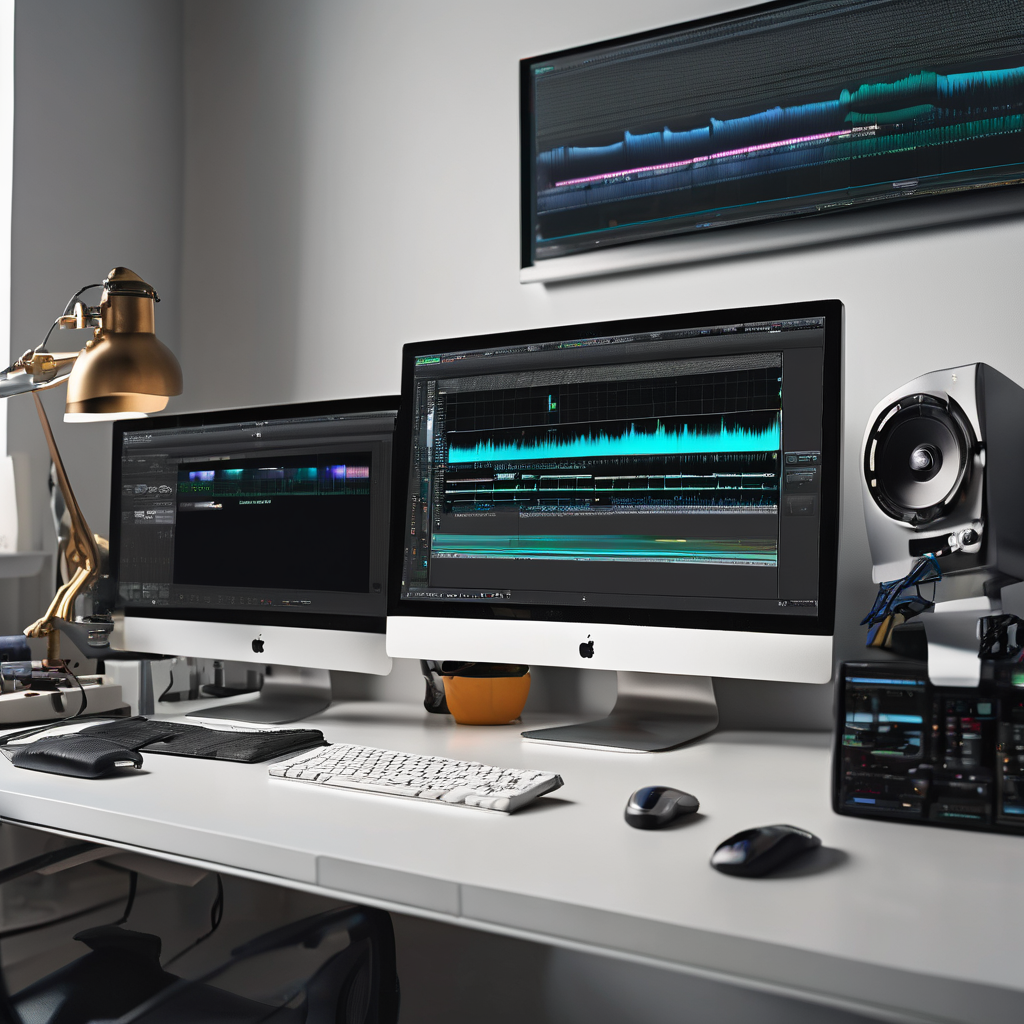
Google has launched Veo 3.1, the latest version of its advanced AI-driven video generator, marking a major advance in AI-based content creation.

SOMONITOR is an innovative explainable AI framework designed to boost the efficiency and effectiveness of marketing strategies by combining human intuition with advanced artificial intelligence capabilities.

During the 2024 holiday season, the adoption of AI-powered chatbots significantly improved the online shopping experience for U.S. consumers, driving a notable increase in sales.
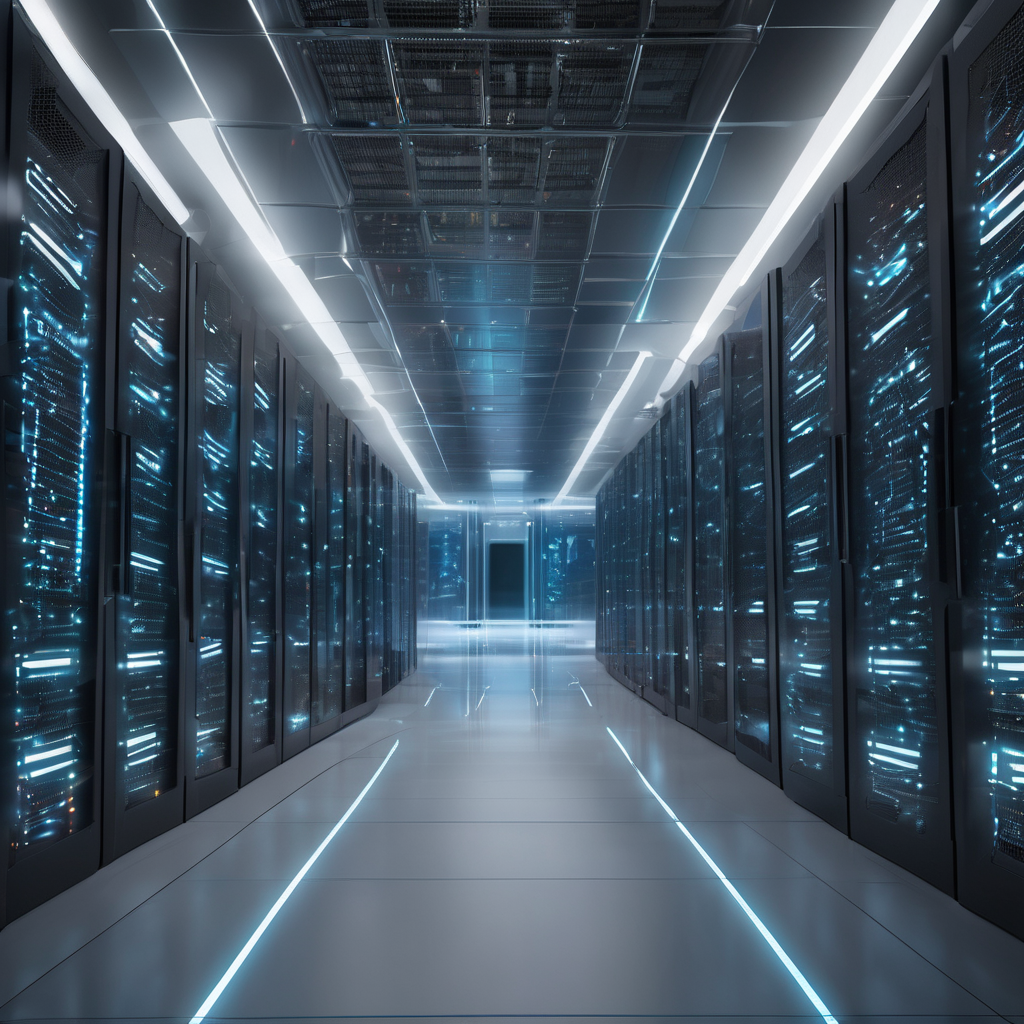
OpenAI, a leader in AI research and development, has formed a major strategic partnership with AMD, a leading high-performance GPU manufacturer, to enhance its AI infrastructure by integrating AMD’s advanced graphics chips.
Automate Marketing, Sales, SMM & SEO
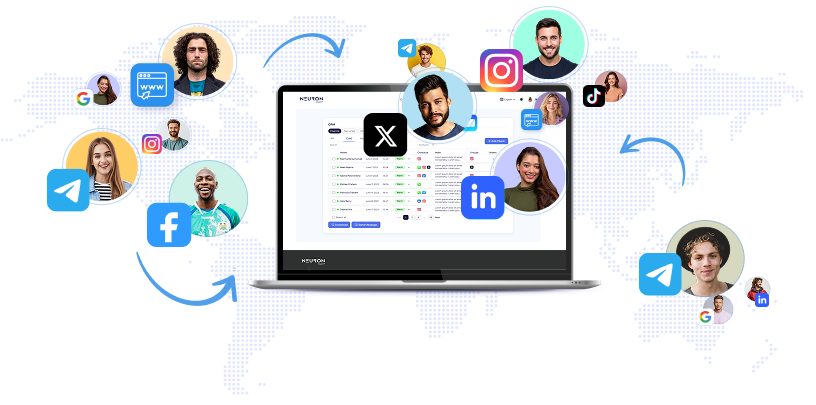
and get clients on autopilot — from social media and search engines. No ads needed
and get clients today